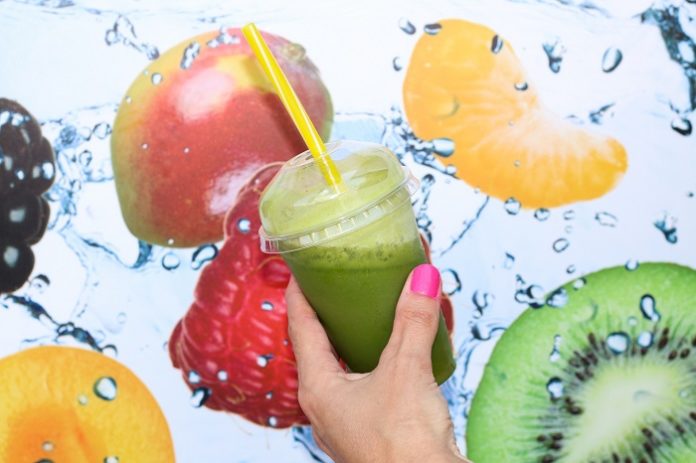
Many foods or beverages are flavored—but how can you tell where those flavors come from?
For example, if you’re digging into a bowl of cereal that has the word “maple” on the package, and even images of maple leaves, you may think you’re eating a product that contains maple syrup. But not so fast—the taste may come from added flavors.
The same goes for the lemon drink you’ve made from a package picturing fresh lemons. You probably think it was made with lemons, but it may be flavored with natural or artificial lemon flavor.
Why?
Current regulations allow use of terms like “maple,” “maple-flavored,” or “artificially maple-flavored” on the food label without having any maple syrup in the product, as long as it contains maple flavoring. This flavoring could come from a number of sources, including sap or bark from the maple tree. Or it could come from the herb fenugreek, which can impart a maple-like flavor.
Likewise, a lemon-flavored food or drink doesn’t necessarily have to contain lemons or lemon juice. However, this food has to be properly labeled if the source of the flavor is not from lemons. For example, if the flavor comes from an artificial source or a source other than lemon, the product’s name must reflect artificial lemon flavor. And if a strawberry shortcake is made with artificial strawberry flavoring, it must be called artificial strawberry-flavored shortcake.
Not everyone cares if the food actually includes a certain ingredient, as long as the flavor tastes right to them. But, says Douglas Balentine, Ph.D., director of FDA’s Office of Nutrition and Food Labeling, if you don’t want a substitute source of the flavor you’re seeking—if, say, you want real maple syrup in your food—the information you need will be in the ingredient list on the food package.
What to Look For on the Ingredient List
Look for a specific mention of the original flavor source on the ingredient list. Some tips:
If you want a maple food that is made with maple syrup, look for the words “maple syrup” in the ingredient list. In addition, the firm may voluntarily declare “made with 100% maple syrup” elsewhere on the label.
In some situations, you may see the term “natural flavor” in the ingredient list. If the maple flavor comes from a natural maple flavor, you may see “natural maple flavor” or “natural flavor” in the ingredient list.
If you want a product made or flavored with the actual fruit, look for the name of the fruit (“grapefruit”) or the name of a juice made from the fruit (“grapefruit juice”) in the ingredient list.
There are some exceptions. So, a product labeled as a butter product—for instance, “butter cookies”—has to be 100 percent butter to include the term. If the food contains both butter and shortening, an appropriate name would be “butter-flavored.”

And if you want real chocolate, look for “chocolate” in the ingredient list.
According to Felicia Billingslea, director of the FDA’s Food Labeling and Standards Staff, there is also a caveat involving the use of cocoa as an ingredient. “Consumers have long recognized that products like chocolate pudding, cake, and cookies may be made with cocoa,” she says. As long as “cocoa” is listed in the ingredient list, the name of the food can include the term “chocolate in certain situations.”
Finally, if the name of the food is accompanied by terms such as “artificial flavors,” or “natural and artificial flavors,” it is a signal that the original source of the flavor may not have been used in the food.
Where Does the FDA Come In?
The FDA monitors food products to ensure that what is written on the package is not misleading or inaccurate and it can, when necessary, take action against the food company. Domestically, warning letters can be followed by enforcement actions such as seizures. Imported foods can be detained until the importer can correct the label.
“Ultimately we want consumers to be able to make informed choices about their foods, and FDA’s job is to make sure consumers know what they’re getting,” says Balentine.

